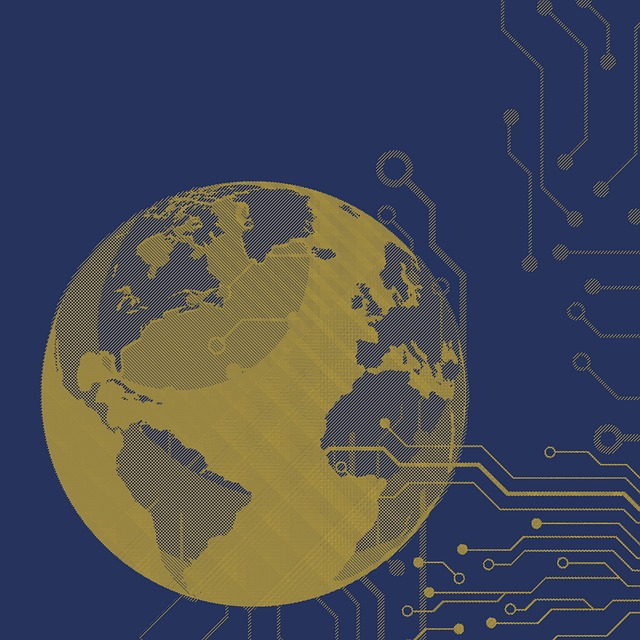ChatGPT is an AI tool revolutionizing content creation and analysis with natural language processing capabilities. Ideal for creative writing, marketing, education, and research, it assists with tasks like text generation, summarization, translation, and coding. However, it has limitations, especially with specialized topics and knowledge cutoff dates. Personalized guidance from Study Habits Improvement can help maximize its potential. Integrating ChatGPT into workflows streamlines processes, enhances productivity, and offers tailored learning experiences.
“Unleash the power of ChatGPT into your workflow and transform the way you work. This comprehensive guide explores how to effectively integrate this groundbreaking AI tool, understanding its capabilities and limitations first. We’ll navigate suitable use cases, from content creation to task automation, and delve into implementation strategies. Learn best practices for optimizing workflows, ensuring seamless integration and enhancing productivity. Discover how ChatGPT can revolutionize your processes and elevate your output.”
- Understanding Chatgpt's Capabilities and Limitations
- Selecting Suitable Use Cases for Integration
- Implementing Chatgpt Within Your Tools
- Optimizing Workflows: Tips and Best Practices
Understanding Chatgpt's Capabilities and Limitations

ChatGPT has emerged as a game-changer in the realm of artificial intelligence, offering unprecedented capabilities for various tasks. Understanding its potential is crucial when integrating it into your workflow. This AI model can assist with content creation, from writing creative narratives to generating technical documentation, making it an invaluable tool for writers, researchers, and professionals across industries. It excels at historical context study aids, providing insightful summaries and analyses of historical events, and can even contribute to foreign language immersion techniques by offering translations and cultural insights.
However, it’s essential also to acknowledge ChatGPT’s limitations. While it demonstrates remarkable proficiency in natural language processing, it may struggle with complex, specialized tasks like linear algebra vector operations. Moreover, its knowledge cutoff is a factor worth considering; the model reflects information available up until a specific date, so for up-to-date content, other sources might be necessary. As with any technology, giving us a call at Study Habits Improvement can provide personalized guidance on leveraging ChatGPT effectively while managing expectations.
Selecting Suitable Use Cases for Integration

When integrating ChatGPT into your workflow, it’s crucial to select use cases that align with its strengths and your specific needs. The AI model excels at generating text, offering creative insights, and performing tasks like summarization, translation, and even coding assistance. Consider tasks that involve large-scale content creation, such as drafting initial drafts of reports or articles, brainstorming ideas for marketing campaigns, or exploring various poetic devices explanations for literary analysis.
Moreover, while ChatGPT can enhance productivity in both in-person and online learning settings, it’s particularly useful for comparative analyses like citation methods comparison between different sources or understanding complex topics through interactive Q&A sessions. For instance, students can use it to clarify concepts or as a supplement to in-person or online lectures. Even beyond education, professionals can leverage ChatGPT for tasks like summarizing lengthy research papers or generating creative content ideas—all without sacrificing cultural sensitivity, which is something our team at the cultural sensitivity training always emphasizes during sessions and resources we provide.
Implementing Chatgpt Within Your Tools

Implementing ChatGPT within your tools can streamline various aspects of your workflow, enhancing efficiency and productivity. This advanced language model offers a wide array of capabilities that can be tailored to fit specific needs. For instance, it can assist with content creation by generating drafts, offering suggestions, or even crafting entire pieces based on prompts. This is particularly useful for tasks such as writing emails, creating social media posts, or developing marketing copy.
Moreover, ChatGPT can automate repetitive tasks like data extraction from text, summarizing lengthy documents, or even providing initial outlines for research papers. In the context of education, it can serve as a valuable e-learning platform reviews resource for students, offering personalized feedback and support. Integrating this technology with existing learning management systems could potentially revolutionize how we access and engage with educational content, much like finding us at time management strategies for students—a practical approach to enhancing academic performance.
Optimizing Workflows: Tips and Best Practices

Integrating ChatGPT into your workflow can significantly optimize and streamline tasks across various domains. Whether it’s for content creation, research, or even teaching methodologies, this AI model offers immense potential. For instance, in presentation design principles, ChatGPT can assist in crafting engaging slides by suggesting content structures, generating visuals, and offering creative transition ideas. This collaboration between human expertise and AI ensures presentations are not only informative but also visually appealing.
Additionally, remote learning best practices can benefit immensely from this technology. ChatGPT can personalize learning experiences by adapting to individual student needs, providing instant feedback on assignments, and summarizing complex concepts into digestible chunks. Even challenging topics like calculus concept overviews become more accessible as the model offers simplified explanations tailored to each learner’s pace. Visit us at philosophy ethics discussions anytime for more insights on harnessing ChatGPT’s capabilities to enhance your workflow.
Integrating ChatGPT into your workflow can significantly enhance productivity and creativity. By understanding its capabilities, selecting appropriate use cases, and implementing it seamlessly within your existing tools, you can optimize processes and achieve remarkable results. Remember, while ChatGPT is a powerful AI assistant, it’s essential to recognize its limitations and continuously refine your strategies for optimal integration. With the right approach, ChatGPT can become an indispensable asset, revolutionizing the way you work.








Leave a Reply